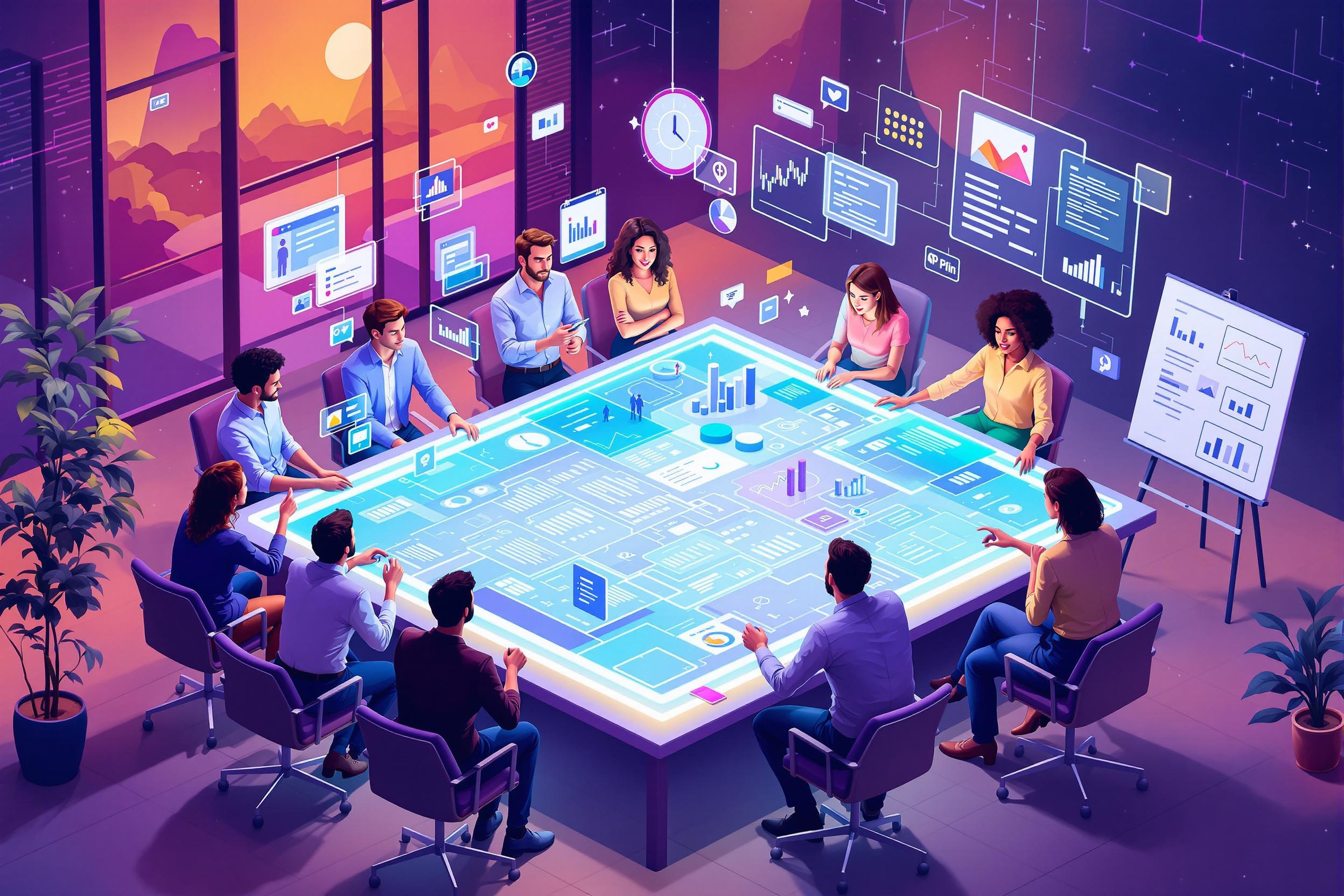
Blended Learning
Blended Learning is a modern teaching approach that combines traditional face-to-face classroom methods with online digital activities. It's like having the best of both worlds – the personal touch of in-person teaching plus the flexibility of online learning. Education professionals use this method to create more engaging and flexible learning experiences. Similar terms include "hybrid learning" or "mixed-mode learning." This approach has become increasingly popular in corporate training, higher education, and professional development programs because it allows learners to study at their own pace while still maintaining valuable in-person interactions.
Examples in Resumes
Designed and implemented Blended Learning programs reaching 500+ adult learners annually
Increased student engagement by 40% through innovative Hybrid Learning strategies
Led the transition from traditional classroom to Blended Learning approach for corporate training programs
Created successful Mixed-Mode Learning curriculum for professional development courses
Typical job title: "Blended Learning Specialists"
Also try searching for:
Where to Find Blended Learning Specialists
Professional Organizations
Online Communities
Job Resources
Example Interview Questions
Senior Level Questions
Q: How would you design a blended learning program for a large corporation?
Expected Answer: Should discuss needs assessment, choosing appropriate mix of online and in-person components, measuring effectiveness, and managing implementation across different departments while considering budget and resources.
Q: How do you measure the success of a blended learning program?
Expected Answer: Should mention various metrics like completion rates, learner engagement, assessment scores, participant feedback, and ROI calculations, along with methods for gathering and analyzing this data.
Mid Level Questions
Q: What tools and technologies do you use to create blended learning content?
Expected Answer: Should be able to discuss common learning management systems, content creation tools, video platforms, and assessment tools, with examples of how they've used them effectively.
Q: How do you ensure engagement in both online and in-person components of blended learning?
Expected Answer: Should describe strategies for maintaining learner interest, creating interactive content, facilitating discussions, and using appropriate activities for each learning mode.
Junior Level Questions
Q: What is the difference between blended learning and fully online learning?
Expected Answer: Should explain that blended learning combines face-to-face and online elements, while fully online learning happens completely virtually, and discuss basic benefits of each approach.
Q: What are some common challenges in blended learning and how do you address them?
Expected Answer: Should identify basic challenges like technology access, maintaining engagement, and coordinating between online and in-person sessions, with simple solutions for each.
Experience Level Indicators
Junior (0-2 years)
- Basic instructional design principles
- Familiarity with learning management systems
- Creating simple online learning materials
- Supporting classroom training sessions
Mid (2-5 years)
- Developing comprehensive learning programs
- Managing multiple learning platforms
- Creating engaging multimedia content
- Facilitating both online and in-person sessions
Senior (5+ years)
- Strategic program design and implementation
- Training program evaluation and optimization
- Team leadership and project management
- Budget management and stakeholder communication
Red Flags to Watch For
- No experience with learning management systems
- Lack of understanding of adult learning principles
- Poor communication skills
- No experience creating digital learning content
- Unable to demonstrate examples of successful learning programs
Need more hiring wisdom? Check these out...

Future-Proof Your Workforce: Embracing Lifelong Learning

Micro-Internships: The Game-Changer in Project-Based Learning

Lost in Translation? How a Hybrid Mentorship Database Bridges Cross-Regional Talent

